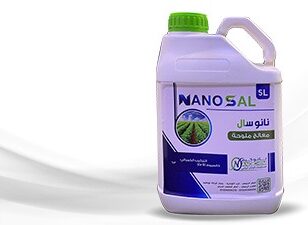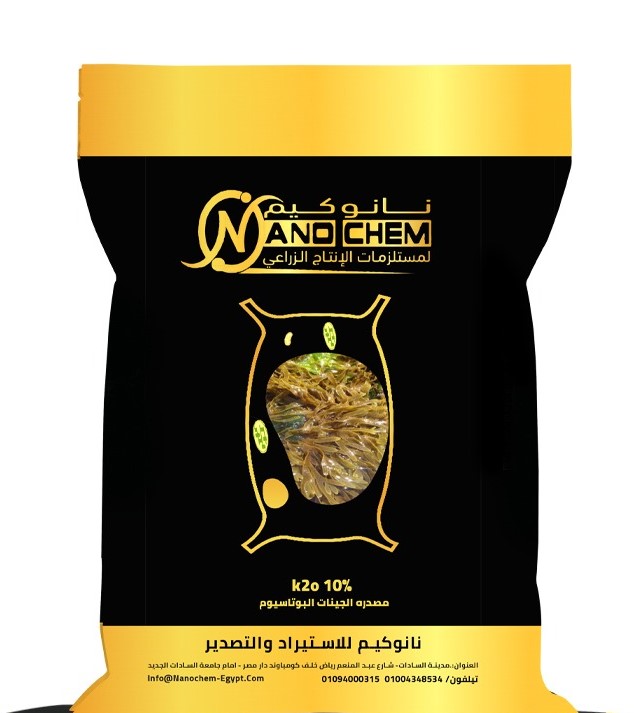Soil salinity is a significant challenge in agriculture, especially in arid and semi-arid regions. Excessive salt levels in the soil can impair plant growth, reduce crop yields, and lead to land degradation. With around 20% of the world’s irrigated land affected by salinity, effective management is crucial for food security and agricultural productivity.
Understanding Soil
Salinity
Soil salinity occurs when salts like sodium chloride accumulate in the soil, affecting plant growth and soil structure. The main sources include:
- Natural Sources: High salt levels due to parent rock material or saline groundwater.
- Irrigation Practices: Poor-quality irrigation water and improper drainage.
- Fertilizers: Excessive use of chemical fertilizers.
Impact on Agriculture
Salinity impacts plants through:
- Osmotic Stress: Difficulty in water uptake due to high salt concentrations.
- Ion Toxicity: Toxic levels of sodium and chloride affecting nutrient uptake.
- Soil Structure Degradation: Reduced soil permeability and aeration due to high sodium levels.
Strategies for Managing Soil Salinity
Effective salinity management includes chemical, biological, and cultural strategies:
- Chemical Management:
- Leaching: Applying excess water to flush out salts.
- Gypsum Application: Replacing sodium with calcium to improve soil structure.
- Soil Amendments: Using organic matter to enhance soil’s moisture retention and structure.
- Biological Management:
- Salt-Tolerant Crops: Planting crops like barley and cotton that tolerate high salinity.
- Halophytes: Growing salt-absorbing plants in saline areas.
- Biofertilizers: Using microorganisms to improve plant tolerance to salinity.
- Cultural Practices:
- Irrigation Management: Efficient water use and advanced techniques like drip irrigation.
- Mulching: Reducing soil evaporation and improving moisture retention.
- Crop Rotation: Alternating crops to manage soil salinity levels.
- Controlled Drainage: Installing drainage systems to prevent waterlogging and salt buildup.
Emerging Technologies
- Desalination of Irrigation Water: Removing salts from irrigation water.
- Remote Sensing and GIS: Monitoring soil salinity using drones and satellites.
- Genetic Engineering: Developing genetically modified crops with improved salt tolerance.
Challenges and Future Directions
- Cost and Accessibility: High costs of salinity management techniques.
- Climate Change: Rising sea levels and extreme weather events exacerbating salinity.
- Water Scarcity: Limited availability of high-quality irrigation water.
Conclusion
Managing soil salinity requires a multifaceted approach combining traditional and modern practices. Through continued research, innovation, and collaboration, it is possible to mitigate the impact of salinity and ensure sustainable agricultural productivity.







